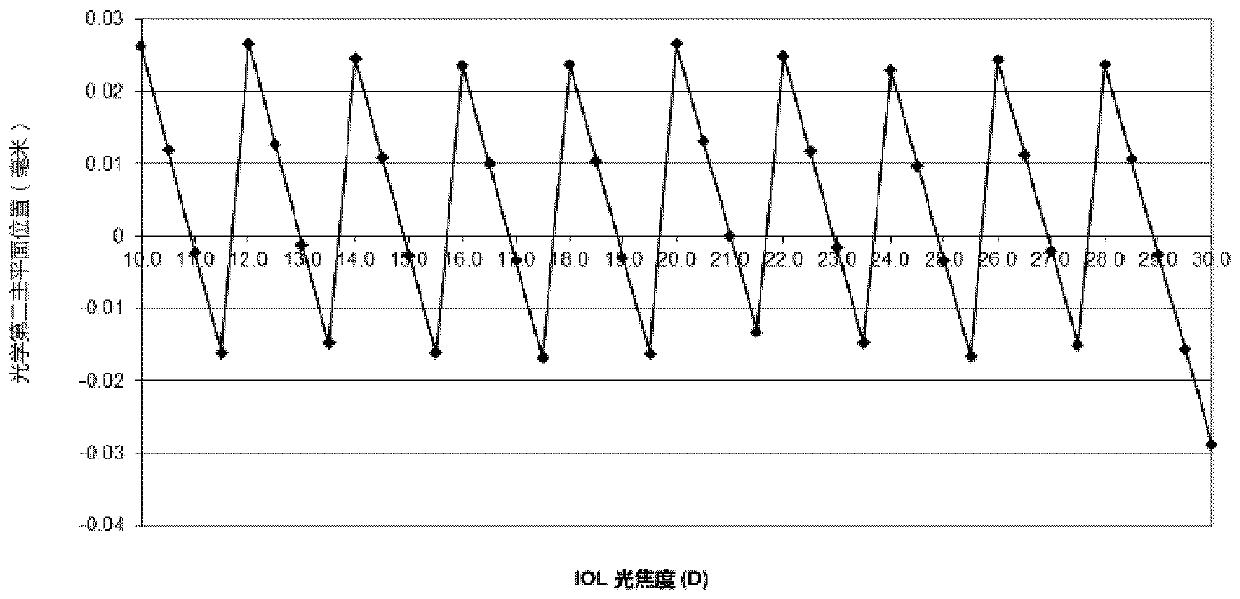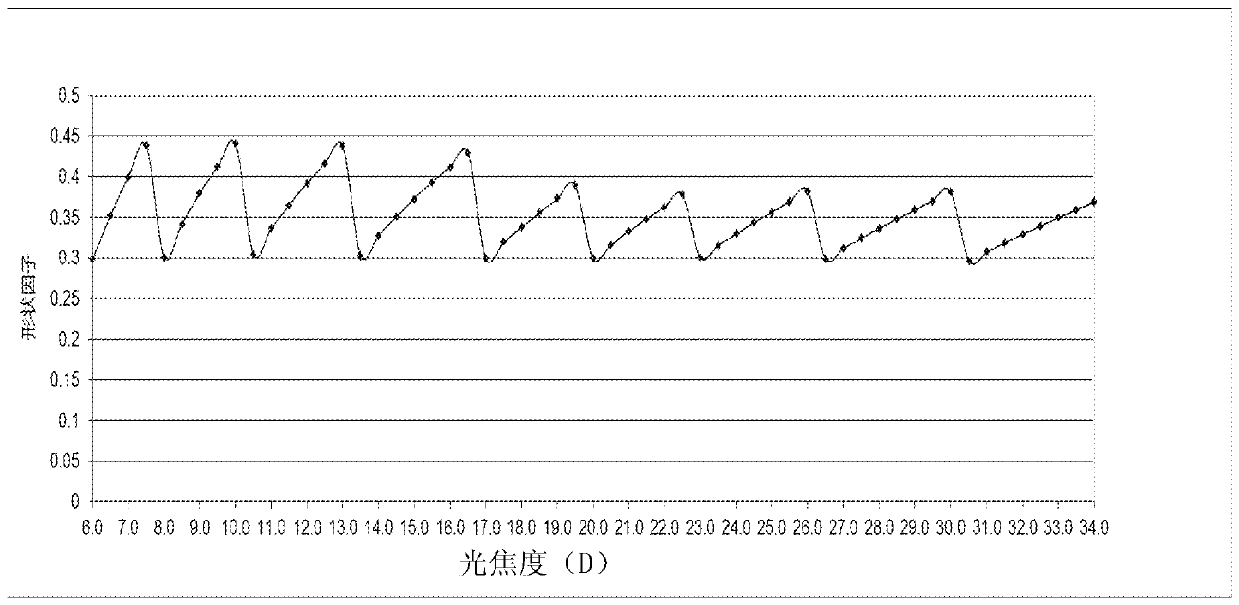Novel posterior chamber intraocular lens based on innovation biocompatibility hydrophobic material
An artificial lens and optical technology, applied in the direction of intraocular lens, eye implant, etc., can solve the problems of increasing positive spherical aberration and image quality degradation
- Summary
- Abstract
- Description
- Claims
- Application Information
AI Technical Summary
Problems solved by technology
Method used
Image
Examples
Embodiment Construction
[0050] The following description is merely exemplary in nature and not restrictive of the invention.
[0051] see figure 1 , Intraocular lenses usually include a circular optical portion or optical body 1 and several haptics 2 connected thereto. Although only two supporting haptics are shown in the figure, those skilled in the art can understand that the number of haptics 2 can be more than 2, such as 3, 4 or more. see figure 2 , the optical part 1 has a front optical surface 3 and a rear optical surface 4, and the central thickness of the optical part is indicated by the reference number 5, the edge thickness is indicated by the reference number 6 and the diameter is indicated by the reference number 7.
[0052] according to figure 2 , the total diopter of the optical part is calculated according to the following formula:
[0053] = 1+ 2-(t / N_iol) 1 twenty one)
[0054] 1=(N_iol-N_medium) / R1 (2)
[0055] 2=(N_iol-N_medium) / R2 (3)
[0056] in: Indicates ...
PUM
| Property | Measurement | Unit |
|---|---|---|
| Clear aperture | aaaaa | aaaaa |
| Diopter | aaaaa | aaaaa |
Abstract
Description
Claims
Application Information
 Login to View More
Login to View More - R&D
- Intellectual Property
- Life Sciences
- Materials
- Tech Scout
- Unparalleled Data Quality
- Higher Quality Content
- 60% Fewer Hallucinations
Browse by: Latest US Patents, China's latest patents, Technical Efficacy Thesaurus, Application Domain, Technology Topic, Popular Technical Reports.
© 2025 PatSnap. All rights reserved.Legal|Privacy policy|Modern Slavery Act Transparency Statement|Sitemap|About US| Contact US: help@patsnap.com



